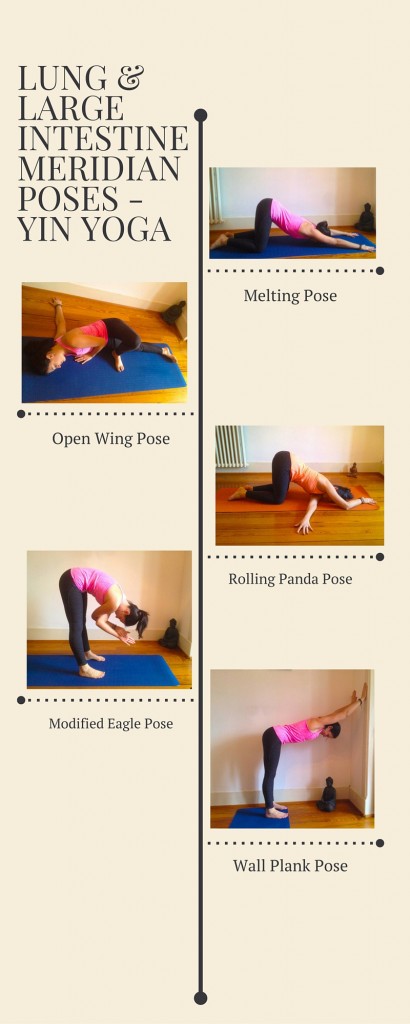Yin Yoga: Large Intestine Meridian poses
Large Intestine Meridian poses
This is a series of posts following our main post, Yin Yoga, what is it exactly?
The second meridian in the list is the Large Intestine meridian. As explained in previous articles, we have 12 main meridians, 6 yin to 6 yang in order to balance every part of our bodies. We talked about the Lung Meridian last week. The lung meridian and the large intestine are connected. The lung meridian is Yin and the large intestine is Yang.
The large intestine meridian starts outside the index fingernail. It continues through the hand and wrist on the outside the arm all of the way through the outside of the shoulder, crosses through the shoulder blade then goes upward to the side of the neck to the cheek, through the upper lip and ends beside the nose. Here is a graph of the large intestine meridian in order to understand it better

Why is it important to you?
The large intestine assists the lung meridian controlling the skin’s pores and perspiration. It is also in charge of transforming food wastes into solid and transporting it all of the way to the rectum. Similar to the lung meridian, any imbalance with this meridian is linked to feeling sadness and worries, and skin breakouts may occur as well.
Besides the poses below, eating foods rich in metal as well as eating a bit of spicy food may help. White color is also associated with this meridian, so it helps to wear more white and put white bed sheets.
Add the following large intestine meridian poses to your yoga practice in order to work this meridian.
Rolling panda
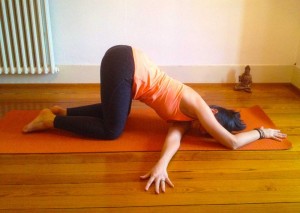
Start in child’s pose, then lean forward with your arms extended in front of you and knees bended, making one line between the knees and hips. Place our left arm under the right arm and try to place it as far as possible on the side. Your right hand goes lying in front of you and place your left ear on the mat.
Hold this pose for 2 to 3 minutes and switch sides. After having switched side, rest in child’s pose for 2 minutes.
CLICK HERE to get these poses in an easy to follow infographic for you to print at home!
Modified Eagle pose (Garudasana)
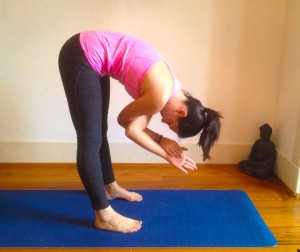
The full pose can be done but for the purpose of the meridian, the upper part is only performed leaning against the wall or standing with your feet hip width apart. Start by leaning your back against a wall, your feet hip width apart and at a 45 degree angle. Put your arms straight forward, place your right elbow on top of your left elbow, then bend them. Raise your arms so they form a 90 degree angle with your torso and place your left hand to press against the right hand.
Press the palms together (as much as possible) and hold it for 2 to 3 minutes. Change arms now, with left elbow on top. After having switched side, rest in child’s pose for 2 minutes.
Cow-face pose modified (Gomukhasana)
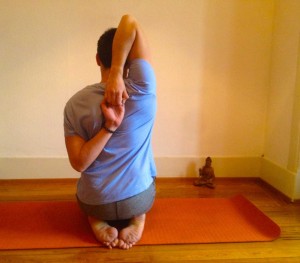
Inhale and have your right arm straight out to the right, parallel to the floor with the back of the hand facing forward. Exhale, bend your right elbow to have the back of your hand touch your torso. At this point, sweep your hand up your back until it is parallel to your spine and the back of your hand will be between your shoulder blades. Make sure your right elbow stays close as possible to the right side of your torso.
Now inhale and have your left arm straight our to the left, parallel to the floor with your thumb up. Bend your left elbow, then lift it pointing to the ceiling and reach down for the right hand. If possible, hook the right and left fingers. If it is not possible to reach your fingers, use a strap or a towel.
Try to hold this pose for 2 to 3 minutes then repeat with the opposite arm. After having switched side, rest in child’s pose for 2 minutes.
After time is up, go back to child’s pose and finish in Savasana.
These lung meridian poses are also great for working back, chest, and arms, as well as other meridians that will be covered in future posts. Keep posted, as we will be releasing more soon. (be advised if you have any specific physical conditions or discomfort, do not practice these poses).
Don’t miss any of our upcoming posts, join our newsletter below.
Namaste!
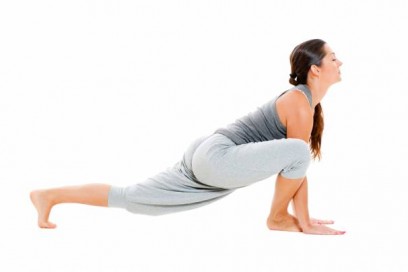
Full moon and Dragon pose
What does a full moon and Dragon pose have in common? The next full moon,…
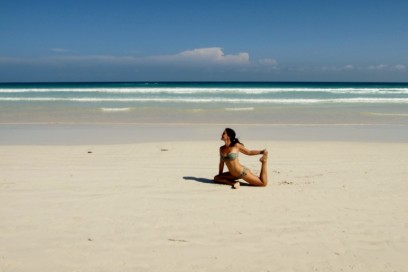
Our favourite yoga retreats and workshops
You don't know where to go for your next yoga retreat? Here are our top…

Yin Yoga: Lung Meridian poses
Lung meridian poses This is a series of post following our main post, Yin Yoga,…


